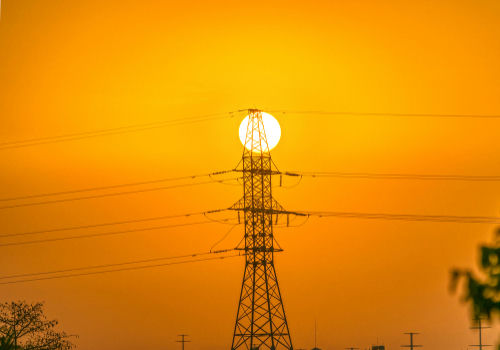The vulnerability of the U.S. power grid is a ticking time bomb, and China might just be the one holding the match.
The Expanding Threat Landscape
The U.S. electrical grid, a massive and essential component of national security and daily life, is under siege. As digitization and automation have infiltrated its operations over the past two decades, cybersecurity risks have escalated sharply. A chilling reminder of these vulnerabilities was the 2015 Ukraine blackout, where hackers managed to disrupt power for over 100,000 people. Fast forward to 2023 and 2024, and the number of attacks on U.S. utilities has skyrocketed, with over 1,162 cyberattacks recorded. The threat is undeniable and increasingly menacing.
China’s interest in the vulnerabilities of the U.S. power grid is well-documented, with extensive technical literature published by Chinese researchers. This keen interest raises alarms about the potential for state-sponsored cyber operations aimed at the heart of America’s infrastructure. The supply chain for grid components, often sourced from China, only adds to the concerns about embedded vulnerabilities or intentional sabotage. The U.S.-China rivalry could very well be playing out on a cyber battlefield, with our power grid as a prime target.
Legislative and Technological Responses
In response to this growing threat, the U.S. Senate has proposed bipartisan legislation to allocate $50 million over the next few years for a new cyber threat analysis program focused on the energy sector. This initiative aims to deepen the understanding of national security risks and adversary tactics, especially from nation-states like China. Utilities are also turning to technological upgrades, including AI and advanced monitoring systems, to bolster grid security. Yet, the rapid integration of new devices, particularly in renewable energy, continues to outpace security compliance.
Hidden Communication Devices Found in Chinese-Made Solar Inverters and Batteries Could Put U.S. Electrical Grid as Risk@zmescience https://t.co/liJWcAYAVd
— Ben Tallmadge (@BenTallmadge01) May 22, 2025
The Department of Energy and industry leaders emphasize the need for public-private partnerships and information sharing to modernize grid defenses. However, experts warn that basic security practices, such as password management and patching, are still lacking in many areas, leaving the grid perilously exposed. The attack surface grows daily, with NERC reporting approximately 60 new points of vulnerability added as the grid modernizes.
Potential Consequences and National Security Concerns
The potential for catastrophic, widespread blackouts looms large if a coordinated attack on the grid were to succeed. Such an event could have cascading effects on healthcare, transportation, finance, and national defense, with economic impacts reaching billions of dollars per day. The stakes are high, and the risk is growing. National security officials view a large-scale attack as a top concern, and the ongoing arms race between cyber attackers and defenders requires continuous investment and innovation.
America’s Power Grid could “collapse” as Green New Deal pixie farts continue to fail.
Meanwhile, a new report from the Dept of Energy predicts blackouts could rise 100-fold without reliable generation. pic.twitter.com/2xtnk4XVQq
— Peter St Onge, Ph.D. (@profstonge) July 14, 2025
Critical infrastructure sectors and the general public, particularly vulnerable populations reliant on uninterrupted power, face significant risks. Utilities and their employees are on the front lines, confronting operational, reputational, and financial threats. The urgency to accelerate the modernization of grid infrastructure and cybersecurity practices is clear, and the demand for skilled cybersecurity professionals is only increasing.
Sources:
Grid Cyber Threats: A Rising Concern in 2025
Securing the U.S. Electric Grid: How Are We Meeting the Challenge?
Bipartisan Legislation Proposes Cyber Threat Analysis Program Energy Sector
Click this link for the original source of this article.
Author: Editorial Team
This content is courtesy of, and owned and copyrighted by, https://www.rightwinginsider.com and its author. This content is made available by use of the public RSS feed offered by the host site and is used for educational purposes only. If you are the author or represent the host site and would like this content removed now and in the future, please contact USSANews.com using the email address in the Contact page found in the website menu.








